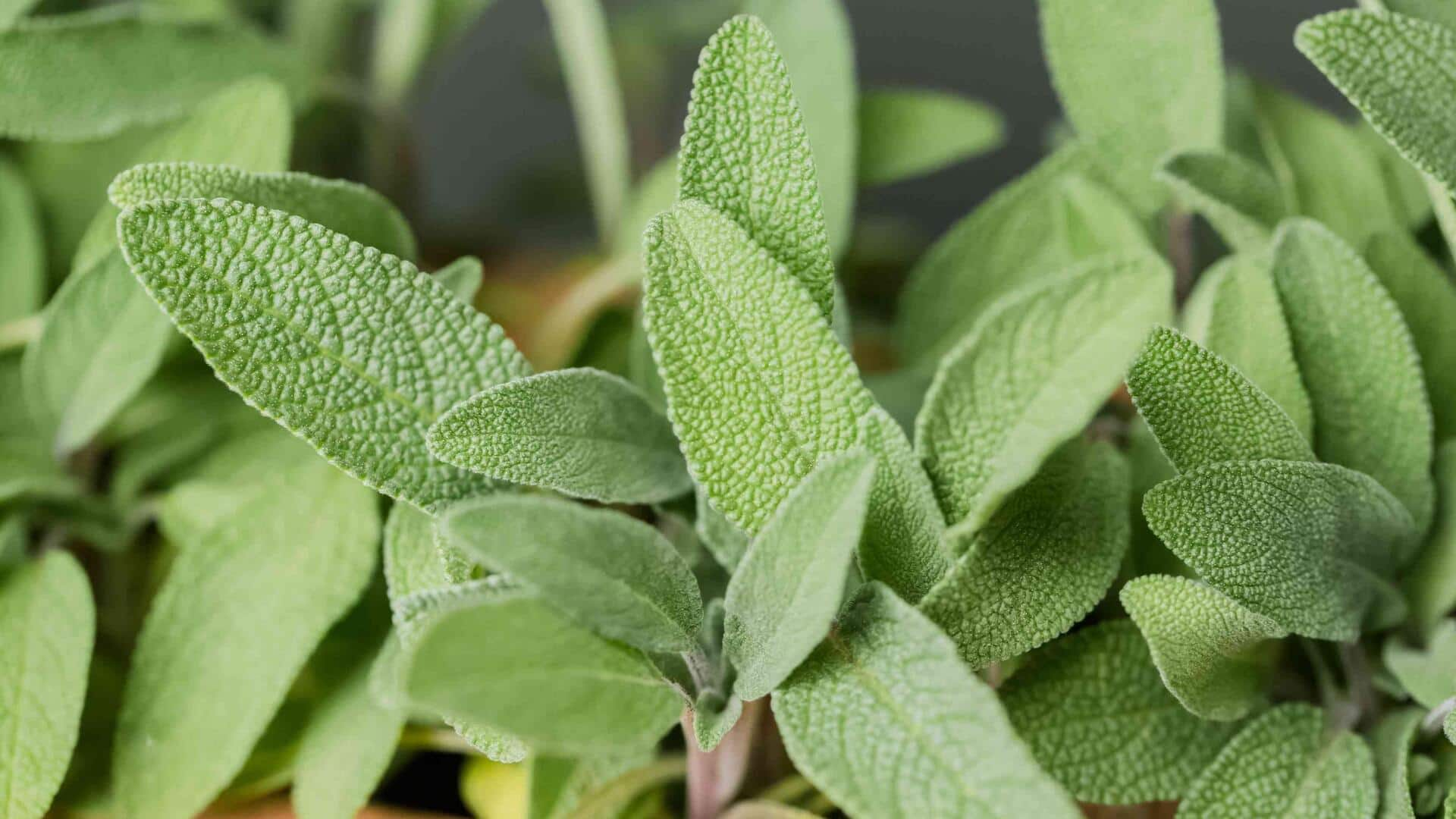Cultivating sage in a permaculture garden enhances the flavor of your culinary dishes and contributes to the ecological harmony of your garden. This fragrant herb prefers well-drained soil and full sun. Integrating sage into a permaculture system encourages biodiversity and fosters sustainable gardening practices, making it a perfect choice for home cultivation.
Selecting the right variety There are many types of sage to choose from, each with its own flavor and growth habit. Common sage (Salvia officinalis) is the most popular for cooking and is very hardy. If you want to add some color to your garden, purple or golden sage have beautiful leaves.
Choose a type that fits your climate and taste. Preparing the soil Sage thrives in well-drained, loamy soil with a slightly acidic to neutral pH 6-7. Before planting, amend the soil with compost or well-rotted manure to enhance fertility.
If you have heavy clay soil, improve drainage by raising beds or adding sand. A strong soil foundation is key to healthy sage growth. Planting techniques You can start growing sage by either planting seeds indoors about six weeks before the last predicted frost date, or by directly planting seedlings in your garden after the threat of frost has passed.
Space the plants at least 18 inches apart to allow for proper air circulation and growth. Mulching around the plants helps to retain soil moisture, reduce weeds, and regulate root temperatures. Watering and fertilization needs Sage needs to be watere.


















